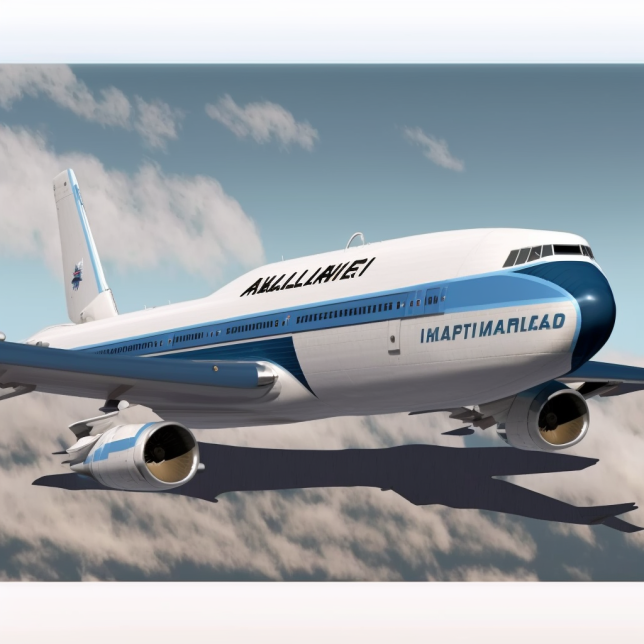Expanding airline route networks requires navigating complex aviation regulations, bilateral air service agreements, and international legal frameworks. Airlines planning network expansion must understand the legal requirements for obtaining route rights, traffic rights, and market access under the Chicago Convention, ICAO standards, and regional aviation treaties. This comprehensive guide explains the regulatory framework governing aviation route network expansion and provides actionable strategies for airlines seeking to add new international destinations.
International operations sit on the Chicago Convention framework administered by ICAO, with states implementing standards for navigation, safety, and environment; this sets the baseline for cross‑border market access and interoperable air traffic management expectations used in route design and flow management. Within the EU single aviation market, any Community air carrier can access intra‑EU routes and set fares freely, subject to safety, licensing, insurance, and AOC requirements, which simplifies intra‑EU expansion compared to bilateral-only regimes. Network optimization in Europe is coordinated through Network Strategy and Operations Plans that bind stakeholders to capacity, airspace, airport, and flow targets, aligning route planning with regulated network performance schemes.

Traffic rights and market access
Access to foreign markets hinges on transit and traffic rights negotiated via bilateral or multilateral air services agreements, which determine overflight, landing, and carriage permissions that directly shape route feasibility and frequency rights. In the EU, liberalization removed most intra‑EU permit barriers for qualified carriers, while competition, state aid, and slot rules govern equitable access and discipline anti‑competitive practices that can distort market entry. SES implementing rules define network components, airspace structures, ATFM functions, and coordination duties, embedding ICAO route design and capacity optimization into legal requirements that affect scheduling and routing choices.

Diplomatic and operational clearances
Even with negotiated rights, operators must satisfy state processes for overflight and landing clearances that can reflect political and security considerations affecting routing resiliency and timetable integrity. Network regulations require coordination on frequencies, codes, and airspace structures, with the Network Manager mandated to support early identification and resolution of frequency needs and route integration dependencies. Route planning must account for airport slot allocation regimes at congested airports to secure commercially viable timings under equitable, transparent coordination processes.

Environmental and noise compliance
Route and fleet choices must align with environmental obligations and noise abatement frameworks that influence scheduling, aircraft selection, and approach procedures within network performance and local airport rules. EU regulation empowers investigations and remedies against unfair practices by non‑EU states that harm connectivity and competition, affecting strategic choices about launching or sustaining routes exposed to distortive conditions. Network operations planning incorporates safety and environmental performance alongside capacity, integrating these constraints into a regulated, multi‑season planning cycle.
EU single market specifics
Community air carriers must meet ownership/control, principal place of business, financial fitness, insurance, and organizational competence criteria evidenced by an AOC before exploiting open access across intra‑EU routes. Fair competition is reinforced by state aid and competition law plus Regulation (EU) 2019/712, enabling EU‑level investigations and countermeasures when third‑country practices injure EU carriers, which can preserve route viability. Slot allocation under Council Regulation 95/93 ensures non‑discriminatory access at congested airports, a binding constraint for network expansion that requires early slot strategy and secondary market considerations where permitted.
Network integration requirements
The EU Network Operations Plan binds stakeholders to plan, design, operate, and monitor airspace, airport, and flow components against performance targets, impacting seasonal schedules and reroute strategies. Implementing Regulation (EU) 2019/123 codifies network components, ATFM, frequency management, and the governance of a Network Manager, aligning national obligations with ICAO practices on route design and codes management. Airlines must align commercial plans with network capacity roadmaps and CDM processes to secure resilient, delay‑tolerant route structures compliant with performance schemes.
Slot, competition, and state aid controls
Route entry at constrained airports depends on slot acquisition under independent coordination, with equitable rules and transparency designed to optimize capacity use and preserve competition. EU competition and state aid frameworks prevent distortive subsidies and anti‑competitive alliances or pricing, with updated guidelines and enforcement tools that directly affect scaling strategies and JV structures. Regulation (EU) 2019/712 provides an EU‑level redress mechanism when foreign subsidies or discrimination threaten EU connectivity, informing risk assessment for new long‑haul routes.
Actionable route‑law checklist
- Map bilateral/multilateral rights needed for target O&Ds, including overflight, fifth freedom, and frequency caps; align with seasonal network plans and ATFM constraints.
- For the EU, confirm Community carrier status, AOC, and ownership/control compliance before exercising open intra‑EU access; plan slot strategy early for congested airports.
- Integrate SES network obligations: validate ATS route availability, ATFM expectations, frequencies, and interoperability with Network Manager guidance and NOP timelines.
- Assess competition and state aid exposure; for third‑country markets, evaluate EU 2019/712 safeguards when planning exposure to distortive practices.Conclusion: Successfully Navigating Aviation Route Network Expansion
Successful airline route network expansion requires thorough understanding of international aviation law, bilateral air service agreements, and regulatory compliance requirements. By following this actionable checklist and understanding the legal framework governing route rights, traffic rights, and market access, airlines can strategically expand their international operations while maintaining full regulatory compliance.
For expert legal guidance on aviation route network expansion, bilateral air service agreements, or navigating complex international aviation regulations, contact Air Law Group. Our experienced aviation attorneys provide specialized counsel to help airlines successfully expand their route networks and achieve their strategic growth objectives.
- Embed environmental and noise constraints into fleet and schedule decisions consistent with network performance and airport rules.
